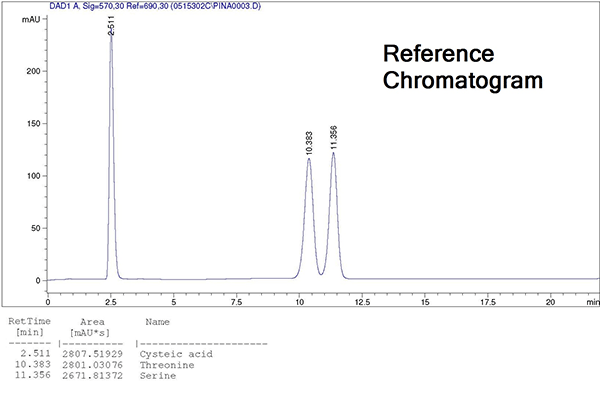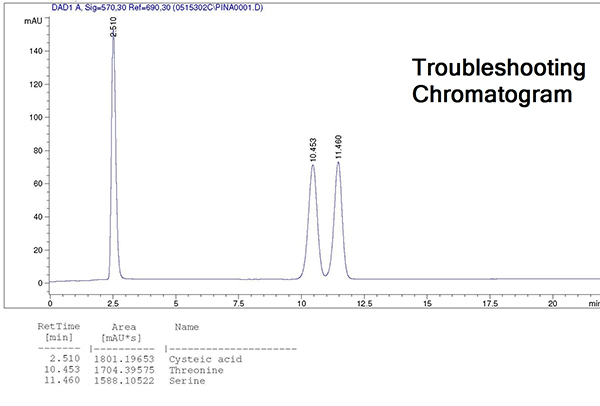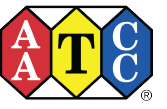 Artificial Eccrine Perspiration and Consumer Goods Testing
Artificial Eccrine Perspiration and Consumer Goods Testing
American Association of Textile Chemists and Colorists (AATCC) is a worldwide association of professionals active in textile wet processing. It was my great pleasure to join the AATCC regional California meeting in San Francisco and meet all of the other new members. AATCC approved the new chapter, and it will be great to work with these textile professionals more in the near future. Recently, AATCC also published a great article about artificial perspiration and how it impacts the textiles and wearable technology industries. I am including more information below, but please check out the article at: http://www.aatcc.org/pub/aatcc-news/newsletters/1015b-story1/
Perspiration mimics have long been used by many industries to “sweat test” products such as textiles, dyes, cosmetics, credit cards, shoe leather, jewelry, and forensic fingerprint I.D., etc. Normally, a sweat mimic is concocted at the time of the test from a formula that varies by industry. The industry-specific formulas contain only two to four components that represent a specific challenge: corrosion, textile staining, dye bleeding, magnetic strip damage, etc.
The American Society for Testing and Materials (ASTM) describes procedures to test many products in the presence of a sweat mimic. According to Michael Pickering, “we were guided by the multiplicity of such tests to develop an artificial perspiration that can yield reproducible results independent of the test.”
Pickering Laboratories created an eccrine solution that allows standardization across all industries; it is the only formula that can satisfy all test challenges. To facilitate tests on such materials as leather or cosmetics, where culture growth is the challenge, non-preserved formulas are available.
Reproducible Results Anywhere, Anytime
A typical example of sweat testing in the jewelry industry is to determine the amount of nickel released by perspiration from alloys of gold, nickel, platinum or palladium, called “white gold.” The nickel leached from these alloys by natural perspiration can cause allergic reactions. Increasing the amount of platinum/palladium in the alloy helps prevent the release of nickel but steeply increases the cost. The problem is thus to determine the minimum amount of noble metals necessary to keep the level of nickel released so as not to exceed the regulated level. The test specifications vary by country wherever nickel is permitted. Since the frequency of allergic reaction to nickel is high, the United States forbids the use of nickel in white gold formulations.
Reproducible artificial perspiration solutions are paramount to forensic fingerprint investigation. Latent prints are made visible by reagents like ninhydrin that dye amines found in eccrine perspiration. To check that a null result is actually the absence of prints and not the results of test failure, crime scene investigation technicians make a control print of their own finger on a similar surface. To standardize this control print, Crime Science, Inc. offers Swetcheck™ artificial perspiration manufactured by Pickering Labs and dispensed in single-use sterile swabs.
Applications
Consumer products testing laboratories and manufacturers that do sweat testing on materials such as textiles, dyes, cosmetics, credit cards, jewelry and metals, coatings and finishings, polymers, leather, wood, keyboards, and any other testing application that would benefit from guaranteed reproducible results with artificial perspiration.


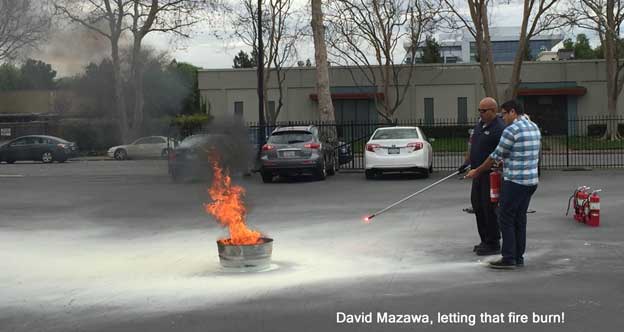
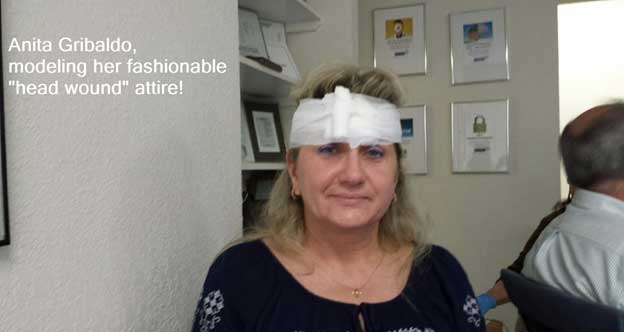
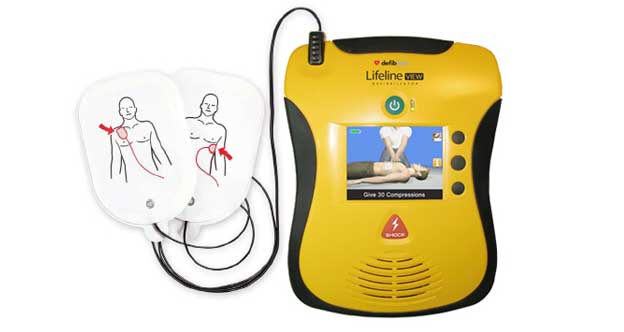
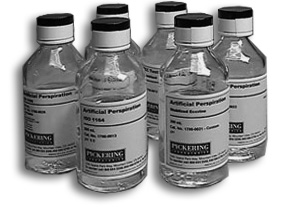 Pickering Test Solutions are now available in bottle sizes of 200 mL, 950 mL and Carboys 10 mL – 20 mL
Pickering Test Solutions are now available in bottle sizes of 200 mL, 950 mL and Carboys 10 mL – 20 mL
 From Mrs. Prindables website, “Two fine apples come topped with a fair pair of fowl… sure to be gobbled up with delight. One Triple Chocolate Jumbo apple and one Milk Chocolate Walnut Pecan Jumbo apple topped with our whimsical new turkey ornaments. Make them the centerpiece of your Thanksgiving celebration. Sure to brighten your Fall gathering! Each apple weighs Approx. 1.25-1.5 lbs. Serves 8-10.
From Mrs. Prindables website, “Two fine apples come topped with a fair pair of fowl… sure to be gobbled up with delight. One Triple Chocolate Jumbo apple and one Milk Chocolate Walnut Pecan Jumbo apple topped with our whimsical new turkey ornaments. Make them the centerpiece of your Thanksgiving celebration. Sure to brighten your Fall gathering! Each apple weighs Approx. 1.25-1.5 lbs. Serves 8-10.
